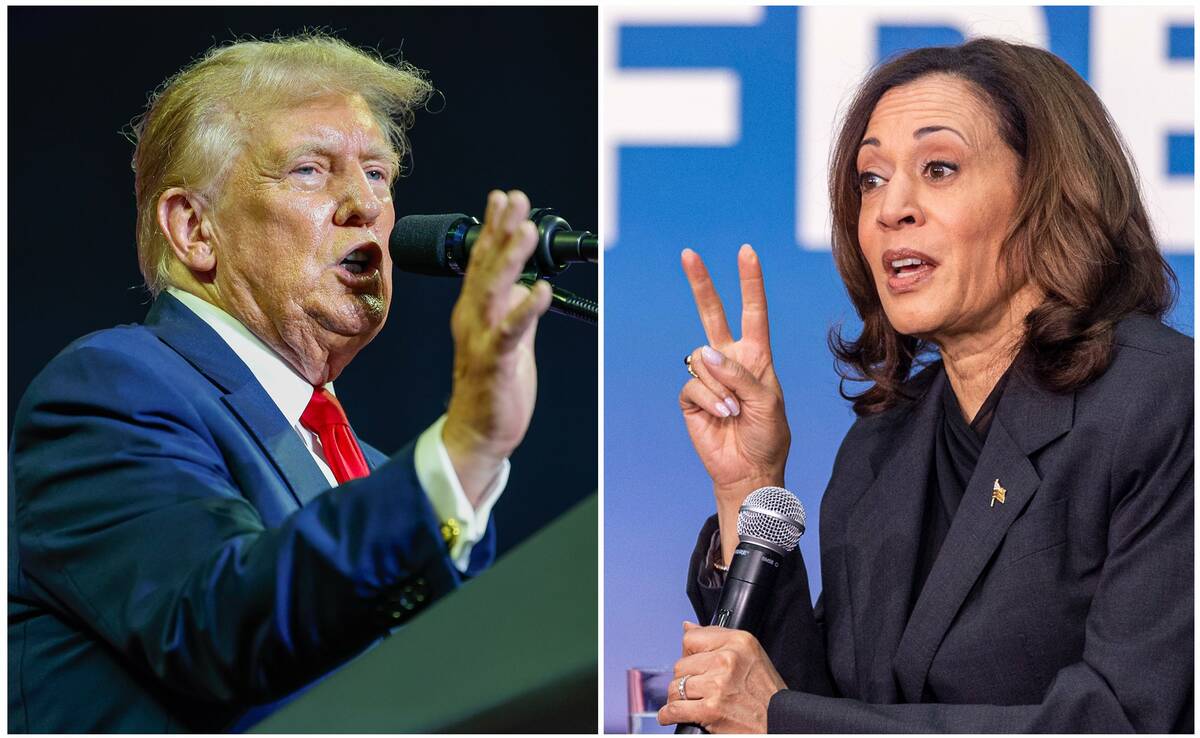What happens if there is a tie in the Electoral College between Harris and Trump?
PHILADELPHIA — As voters head to the polls in the 2024 election, there remains a possible but unlikely scenario that Vice President Kamala Harris and former President Donald Trump could end up in an Electoral College tie.
Thanks to the 23rd Amendment, which gives electors to the District of Columbia, there are 538 votes in the Electoral College. Because it’s an even number, it’s mathematically possible the election could end in a 269-269 tie, one short of the 270 needed to win the presidency.
Possible doesn’t mean likely. There has only been one Electoral College tie in history, and the last time a candidate didn’t win the Electoral College outright was 200 years ago. But there are a few potential scenarios that could end with Harris and Trump each receiving 269 votes in the Electoral College.
Here’s everything to know about what happens if there’s an Electoral College tie.
What is the Electoral College, and how are the number of votes determined?
The Electoral College is the process established in the Constitution for electing the president and vice president every four years, which the Founding Fathers intended as a compromise between a direct election by popular vote and having the positions selected by Congress. It was also designed to benefit southern states, which were granted extra congressional representation based on their population of enslaved people.
There are 538 total electors divided across the 50 states and the District of Columbia. States get two votes for each senator and a vote for each member of the House of Representatives. So Pennsylvania — with two senators and 17 representatives — has 19 votes.
Two states — Nebraska and Maine — split their electoral votes by congressional district.
To win the presidency, a candidate needs to secure 270 electoral votes, a “majority of the whole number of electors appointed,” as the Constitution requires.
What are the scenarios where Harris and Trump could end up tied?
Here are three scenarios where the election could end in a 269-269 Electoral College:
First scenario
Trump wins the so-called “Blue Wall” states of Pennsylvania and Michigan, plus Georgia, but Harris keeps Wisconsin and wins Arizona, Nevada, and North Carolina.
Second scenario
Trump wins all three “Blue Wall” states — Pennsylvania, Michigan, and Wisconsin — and Nevada, but Harris takes North Carolina, Georgia, and Arizona.
Third scenario
Trump wins Pennsylvania, Michigan, and North Carolina, but Harris holds onto Wisconsin and wins Georgia, Arizona, and Nevada.
Who becomes president if there’s an Electoral College tie?
As outlined in the 12th Amendment, if there is a tie in the Electoral College (or if one candidate doesn’t receive a majority of votes, possibly due to third-party candidates), the presidential election would move to the House, where each state’s congressional delegation would get one vote.
To secure the presidency, a candidate would need to receive 26 votes. In this scenario, the District of Columbia would not get a vote, because it is not a state.
Republicans control 26 state delegations, while Democrats have a majority of 22 delegations. Two states have delegations with an equal number of Republicans and Democrats — Minnesota and North Carolina. If a state’s delegation is deadlocked, it wouldn’t get a vote.
However, it would be the new Congress elected on Nov. 5 that would break a tie in the Electoral College. So if Democrats gain seats during the 2024 election, it could give Harris a better shot a winning the presidency in the remote chance of a tie.
The vice president would be decided by a simple majority vote in the Senate, which Democrats currently control. So it’s possible you could see a president and vice president from different parties in the event of an Electoral College tie.
Has there ever been a tie in the Electoral College?
Just once. In 1800, Thomas Jefferson and Aaron Burr tied in the Electoral College. It went to the House, which ultimately chose Jefferson as president and Burr as his vice president. (The Senate did not elect Burr, because until the 12th amendment was ratified in 1804, the presidential candidate with the second most votes became vice president.)
In the 1824 presidential election, no candidate earned a majority of electoral votes. Andrew Jackson received the most with 99, but that put him 32 short of the number required at the time to win the presidency. John Quincy Adams received 84 electoral votes, 15 less than Jackson, but was chosen by the House and was ultimately elected president.






















